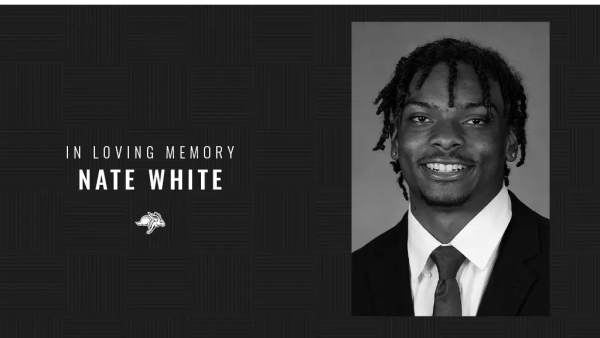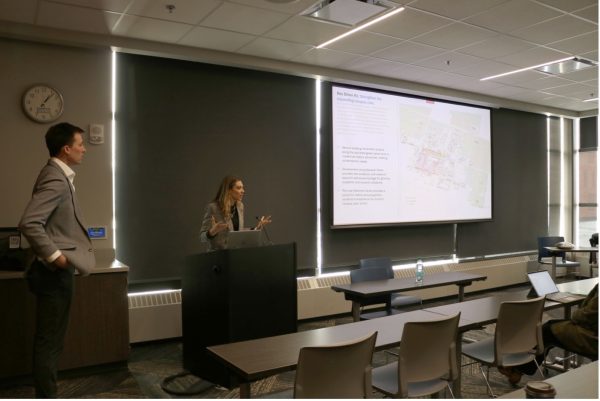Scholarship aims to keep students in state
September 13, 2011
The Dakota Corps Scholarship funds critacal ly needed majors.
Keeping people in South Dakota is a major goal of the Dakota Corps Scholarship Program.
The scholarship was established by former Governor Mike Rounds in 2004 to give students incentive to stay in South Dakota. The program targets incoming freshmen and pays up to four years of a recipient’s education at any participating South Dakota institution.
Students who receive the scholarship must work in South Dakota for one year longer than the length they received it. Recipients must also have an ACT score of at least 24, a GPA of 2.8 or higher, and be entering into a critical need major.
“Governor Rounds went to the legislature for the program to be funded as a state initiative,” said Paul Turman, the Board of Regent’s assistant vice president for Academic Affairs. “It was to build our workforce with critical need, and those tended to be in the area of health care and education in math, science and music.”
The program previously allowed freshmen and sophomores to apply, but was changed recently. Success was mostly seen with high school students because students already at a South Dakota institution normally planned on finishing there, Truman said.
If a graduate chooses not to stay in South Dakota for the required time, the scholarship turns into a low interest loan. The payments then go back into the general scholarship fund in order to help other recipients. Private businesses, nonprofit corporations, the Governor’s Office and the South Dakota Department of Labor all help fund the scholarship program.
“Fourteen different institutions have had funding,” Turman said, “Right now, there are a little under 200 recipients in the state, and 326 total over the years. Of those, 175 were at SDSU.”
Any accredited institution in South Dakota qualifies, although a majority of participating students are at SDSU. “There are currently 77 SDSU students who receive the scholarship,” said Monica Jorgensen, the university scholarship coordinator at SDSU.
Turman says the high number at SDSU is probably because of the wide variety of majors offered, and that “SDSU has always been the biggest because they have the largest spread of those critical need majors.”
David Kapperman, a senior biology major in the pre-medicine program, thinks the scholarship helped him become a better student. “It has made it easier for me to focus on studying and get plenty of experience in my field, instead of focusing on how I was going to pay for school,” he said. “It definitely took the stress off.”
The South Dakota Board of Regent’s took over the administrative role of the program on July 1 after the Great Lakes Foundation decided the program did not fit with its business model. Truman said that a state agency was the best alternative.
BOR and the state officials see the program as an investment rather than a burden.
“It’s tough to attract people or businesses to South Dakota,” Turman said. “The program chips away at the long term goals the economic development initiatives the state has. We need good engineers and nurses, so we need good teachers down the line, and they are hard to keep.”
Truman believes the scholarship benefits both students and the state, saying “It gives students a better reason to stay and get their degree in South Dakota, to raise their families here once they start their careers.”
While SDSU recently changed its motto to “Be Great. Start Here,” Truman gave his take on the old version saying, “SDSU’s motto is ‘You Can Go Anywhere From Here,’ but the Department of Labor likes to add ‘But We Hope You Stay Here.’”



















